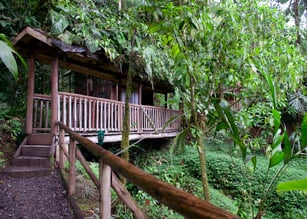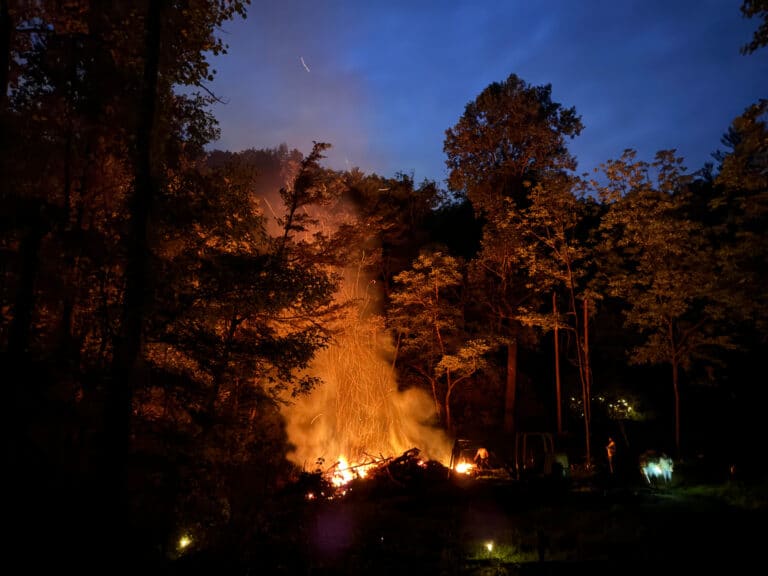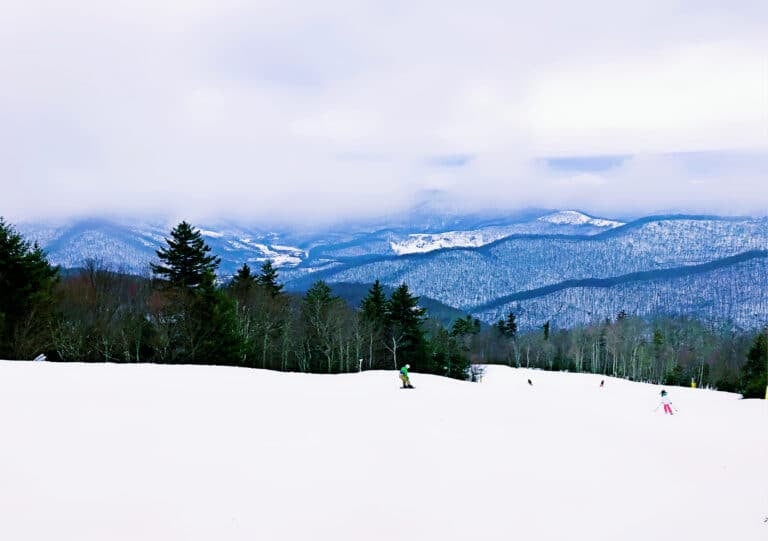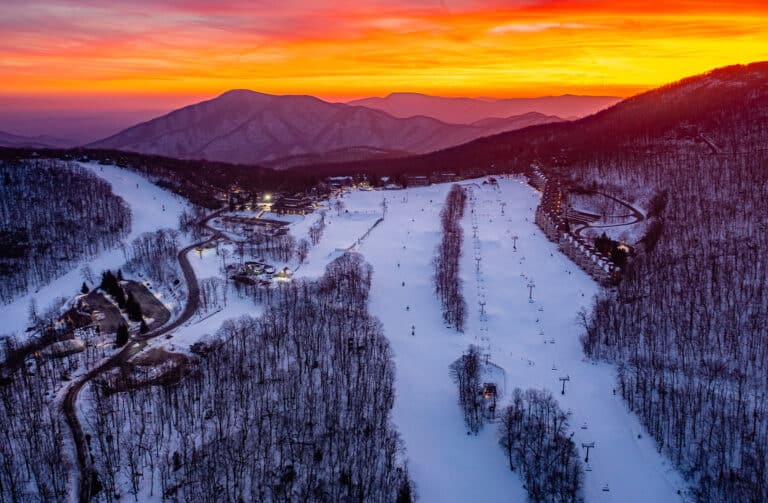EarthTalk®
E – The Environmental Magazine
Dear EarthTalk: I’ve heard of Eco-Tourism, but what on Earth is “Geo-Tourism?
— Sally Kardaman, Sumter, SC
“Geotourism” describes tourism that sustains or enhances the geographical character of a given place, including its environment, culture, aesthetics, heritage and the well-being of local residents. The idea is that tourism can be a positive force that benefits both travelers and local environments and economies.
National Geographic Senior Editor Jonathan Tourtellot coined the term in 1997 to distinguish it from “ecotourism” or “sustainable tourism,” both which more narrowly focus on travel’s ecological impacts. In addition to a “do-no-harm” ethic, geotourism seeks to enhance prospects for sustainable development based on the specific character of a given place rather than on standardized international branding, generic architecture and food, etc. In other words, a geotourism tour won’t involve sending you to an exotic locale only to put you up at a Hilton or Marriot and give you discount coupons to Taco Bell and McDonald’s.
“Today the world’s great destinations are under assault as visitor numbers rise exponentially every year,” reports the non-profit National Geographic Society, publisher of National Geographic. “The result is damage to the sites, overcrowding and erosion of the local culture and environment.” The Society hopes to reverse these trends with geotourism. Its Center for Sustainable Destinations (CSD) helps local communities, governments, tourism bureaus and private businesses enhance and sustain their distinct character while harnessing the power of tourism for positive impact: “Residents discover their own heritage by learning that things they take for granted may be interesting to outsiders,” reports CSD. “As local people develop pride and skill in showing off their locale, tourists get more out of their visit.”
The Society’s “Geotourism Charter” lists 13 principles that qualifying sites must adhere to in order to earn a geotourism distinction. The main current running through the Charter is appreciation for the distinctive aspects of a given place and culture, and an eagerness to showcase them to curious and supportive visitors.
The term geotourism is fairly new, but several places have offered “geotourism”-worthy travel for years. Costa Rica’s Rio Tropicales Lodge takes visitors white water rafting, horseback riding, hiking and on other rainforest excursions. It hires and trains locals to manage operations and teach guests about local cultures first-hand—and has launched several reforestation efforts and an education program that teaches elementary students across Costa Rica about the importance of protecting the rainforest in their backyards.
Another organization is 3 Sisters Adventure Trekking in Nepal, which trains local women to be tourism professionals and trekking guides. In just a few short years the group, which promotes low-impact treks in the Himalaya region, has trained 600 women as ambassadors to the outdoors across Nepal and beyond.
Apiring geotourism professionals can learn about their future profession by focusing on it as part of a new concentration within the geography department of Missouri State University.
CONTACTS: CSD, http://travel.nationalgeographic.com/travel/sustainable; Rio Tropicales, www.riostropicales.com; 3 Sisters, www.3sistersadventure.com; Missouri State University Geotourism Concentration, www.missouristate.edu/academics/details.aspx?id=81642.
EarthTalk® is written and edited by Roddy Scheer and Doug Moss and is a registered trademark of E – The Environmental Magazine (www.emagazine.com). Send questions to: [email protected]. Subscribe: www.emagazine.com/subscribe. Free Trial Issue: www.emagazine.com/trial.








